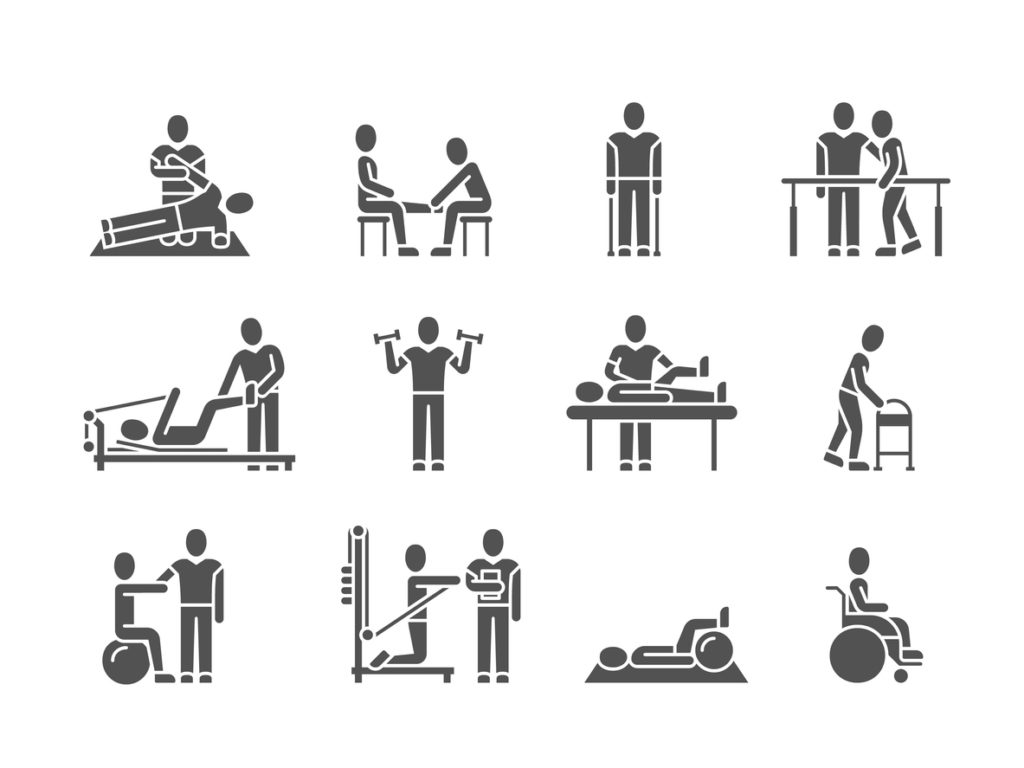Spinal cord stimulation is a therapy used for chronic pain. Dr Marc Russo talks about how the therapy works, when it can be used, and the risks and benefits of using it.
Transcript
Hello, I’m Dr Marc Russo, Director of the Australian Pain Research Centre and the Hunter Pain Clinic. I joined the Editorial Advisory Board of the Virtual Pain Centre two years ago, and today I would like to share with you my insights on spinal cord stimulation.
Spinal cord stimulation is a therapy that used electrical impulses to block pain from being perceived in the brain. It can be used to relieve unresolved chronic neuropathic pain, commonly known as nerve pain, failed back surgery syndrome, sciatica or complex regional pain syndrome.
Spinal cord stimulation is what we call an advanced pain treatment, which means that it is generally not considered an option until other pain therapies such as medications, nerve blocks, injections and other surgical procedures have tried, and have failed.
Spinal cord stimulation requires short surgery, which is usually undertaken in a day surgery, so you are admitted and released on the same day. There are two types of spinal cord stimulators in Australia. One is completely implanted, including leads, main unit and battery. The other type has a radiofrequency receiver and leads which are implanted, however the battery is either worn externally or plugs into the wall, similar to a cordless phone charger.
Whichever system your doctor recommends, you will undertake a trial of the stimulator, to ensure it works for you. This trial will last anywhere from a few hours to a couple of weeks. If successful, you will undertake the permanent implant. During the actual insertion of the spinal cord stimulator, you will be given a local anaesthetic in order to allow you to give your surgeon feedback during the procedure, regarding the effectiveness of the lead placement. It is after the anaesthetic has had time to numb the area that the surgeon will implant the stimulator and the leads.
When activated, the low voltage electrical charges will alter the pain signals in the spinal cord, providing pain relief. After your surgery, a nurse or programming technician will program your stimulator to stand at settings that are right for you. You will then be able to adjust the signal according to your pain, using a small remote control. You can turn the current on and off or adjust the intensity. The sensations from the stimulator are different for everyone, however most of my patients describe it as a pleasant tingling feeling.
As with any surgical procedure, there are potential risks with implanting a spinal cord stimulator. These can include infection, bleeding, headache, allergic reaction or spinal fluid leakage. Occasionally, other risks involved will include that the stimulation stops, or only works intermittently, stimulation is experienced in the wrong location, there is a loss of pain relieving effect with a return of your usual pain, or the lead could move or become damaged. However, the benefits of this therapy include instant pain reduction when you need it, portability, which allows you to resume your usual daily life. While spinal cord stimulation is not the solution for all chronic pain sufferers, it is one solution for those patients suffering from neuropathic or nerve pain.
Virtual Pain Centre is a reputable, reliable source of information. It acts as a hub with a large amount of up to date information, to assist both consumers and doctors to use as reference. If a patient has any concerns regarding their pain, they should visit their general practitioner, who may be able to supply treatment, or who will refer them to the relevant specialist. If you have any queries or questions, please speak with your pain management specialist, orthopaedic surgeon or spinal specialist or contact myself or my team by emailing hpc@hunterpainclinic.com.au.
Thank you very much for watching and have a great day.
More information
 |
For more information about this procedure, visit Spinal Cord Stimulation (SCS). |
All content and media on the HealthEngine Blog is created and published online for informational purposes only. It is not intended to be a substitute for professional medical advice and should not be relied on as health or personal advice. Always seek the guidance of your doctor or other qualified health professional with any questions you may have regarding your health or a medical condition. Never disregard the advice of a medical professional, or delay in seeking it because of something you have read on this Website. If you think you may have a medical emergency, call your doctor, go to the nearest hospital emergency department, or call the emergency services immediately.







